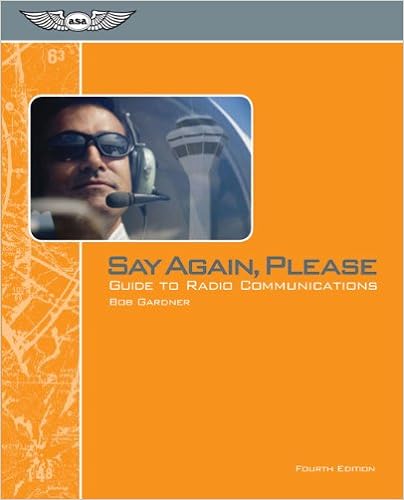I stressed a lot over this during my IR training, and I had flown everywhere with flight following prior. To be honest, once you do it a few times, it becomes no big deal. I listened to LiveATC a bit, but what really did it for me was to develop my own shorthand, and to write-down what I expected (leaving room for corrections) and what I already knew. For example, from my airport to a destination I regularly fly too, they always give me departure instructions to turn left to hdg 200, then radar vectors to XXX, so I write that in ahead of time. I also write in the destination, the altitude, and the departure frequency before calling for my clearance. It helps a lot as there is less to write on the fly, and it is easy to cross something out and write to the side of it. Since I usually use Foreflight's 'recently cleared by atc' routes, I usually get what I expected, which makes the writing and readback more of a procedural requirement.

